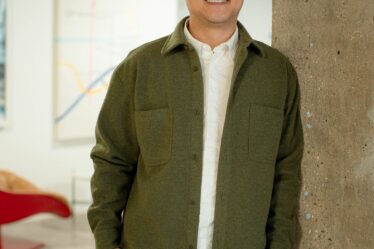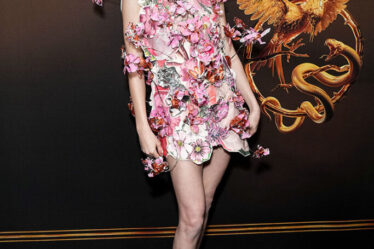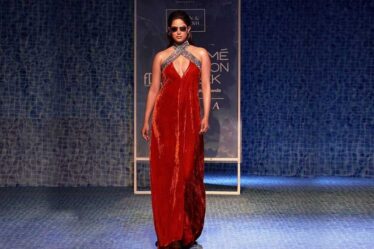
MILAN — Milan’s men’s fashion week was short this season — a mere three days — but full of energy, with a smattering of new names and guests like JW Anderson adding some spice. It closed on Monday not in Milan, but in Trivero, with a Zegna show held on the rooftop of the Lanificio Zegna, the factory where it started for the storied Italian giant.
The setting affirmed a defining characteristic of Italian fashion: Made in Italy is commercial. Over its relatively short lifespan — a few intense decades — Italian fashion has always been about product and industrial know-how. Ultimately, we are here not to sell art or entertainment, but ready-to-wear that people really want to wear.
“There is a special energy here and I think it comes from the fact that Milan, and Italian fashion for that matter, invented a new language from scratch, since the Seventies,” said designer Jonathan Anderson. “Houses here rarely have centuries of history on their back like elsewhere, and this makes things a lot more dynamic and fresh.”
Indeed. And as much as the auteur matters, it’s the product that counts most. The fact that Anderson managed to deliver a brilliantly puzzling collection of simple pieces interspersed with a BMX handlebar, a crushed skateboard, industrial gloves and can tops only enforced the idea. This was a masterful outing from Anderson, focused on product but perfectly marketed with the conceptual absurdity at which he excels.
Elsewhere in Milano this season, the action was polarised between those fostering a new normal of sorts and those who opted for escapism, either utopian or dystopian.
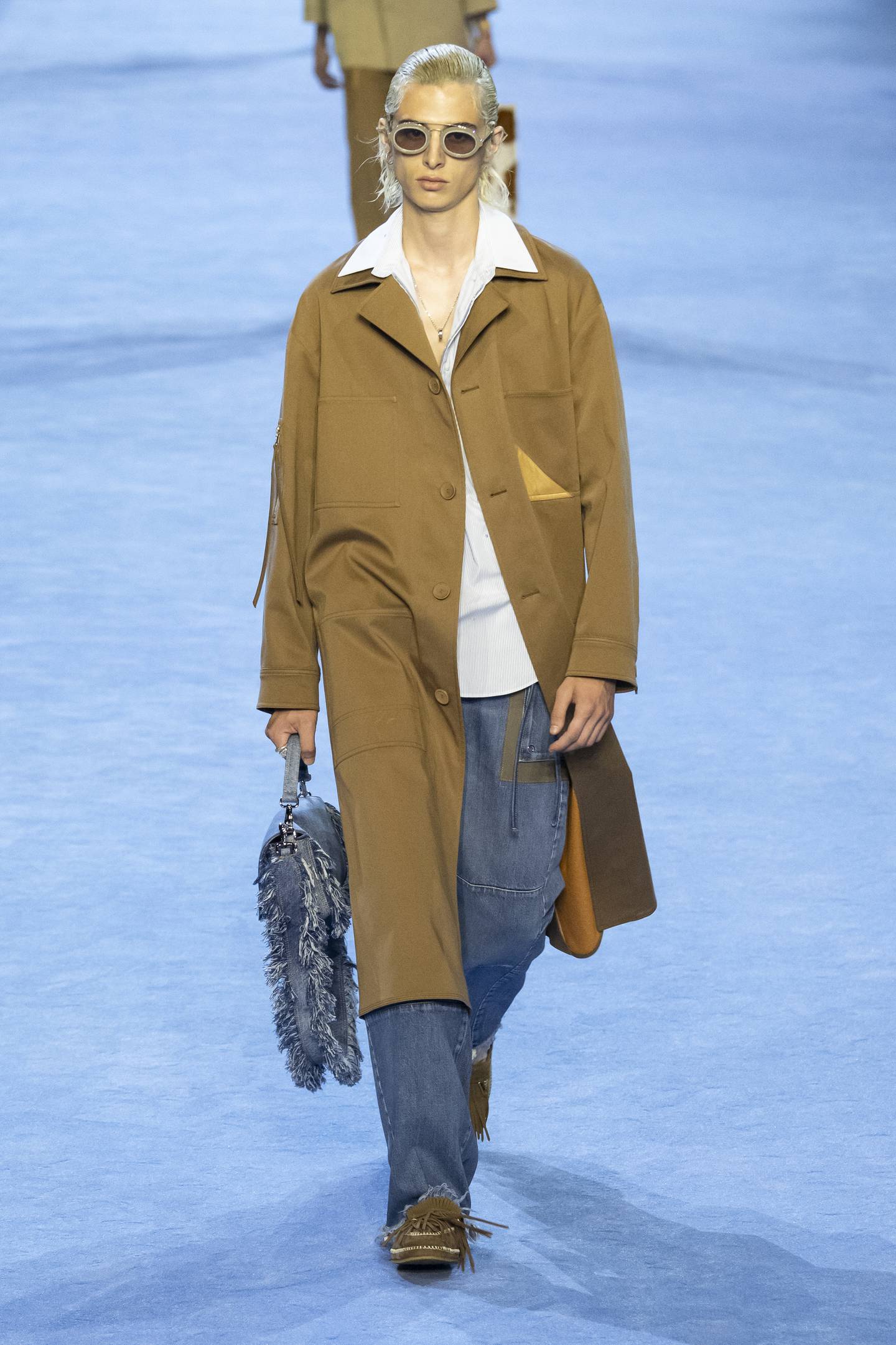
Queen of the new normal is Silvia Venturini Fendi, whose ability to capture and condense the air du temps in ways that are both incisive and light is unbeatable. Just think of the midriff craze she ignited last season. This time, Venturini was after simplicity, which translated into a weightless collection of airy pieces, and quite a lot of Bermuda shorts and denim, all hiding the trademark Fendi quirk behind their seemingly normal appearance. What looked like cowhide was, in fact, tie-dyed cotton; denim was both a fabric and a print; concealed slits made everything float on and around the body. This was not a statement collection, in the sense that it was not about a silhouette or a look, but in its effortlessness, it suggested a way of dressing that is of the moment.
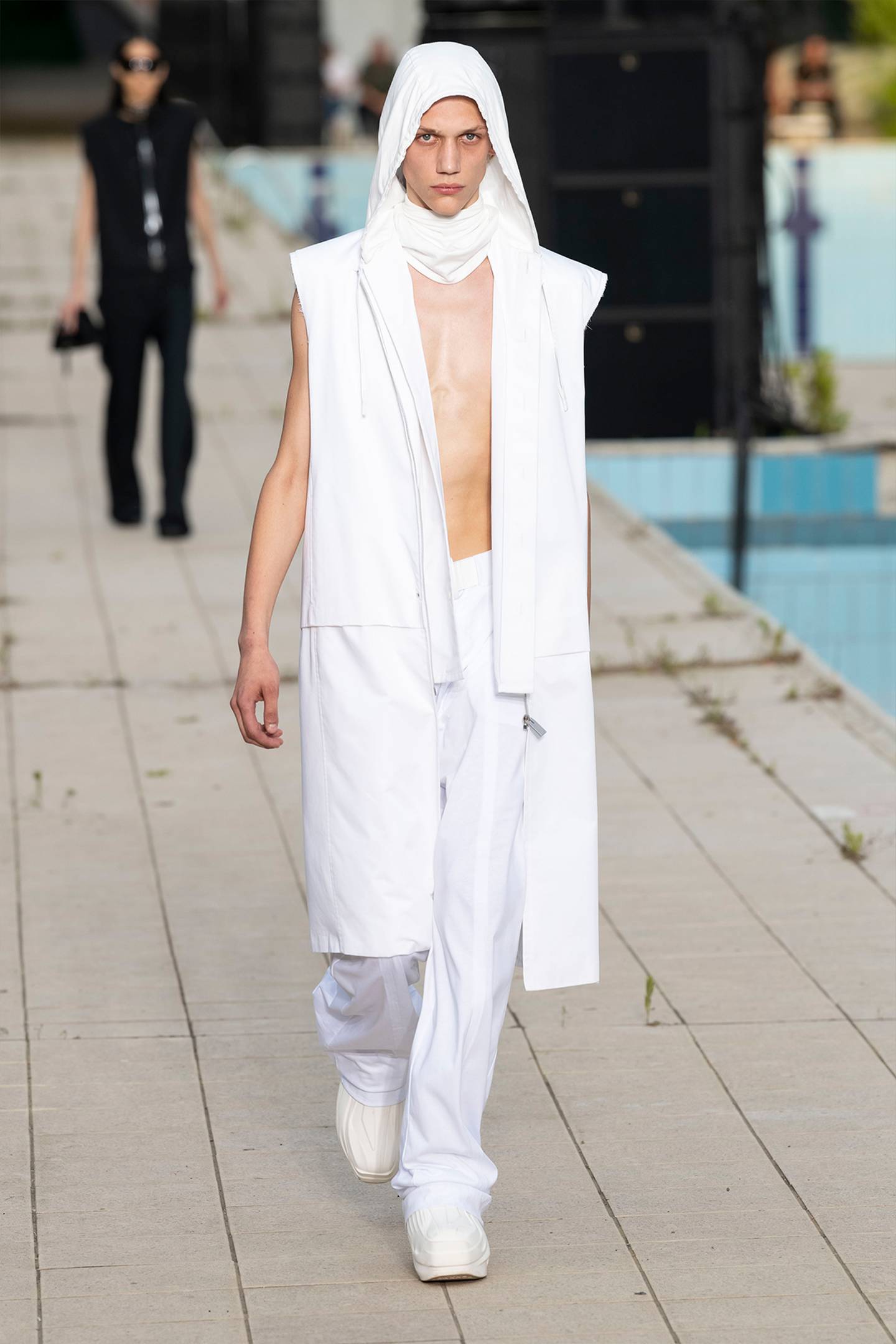
Giorgio Armani is the undisputed master of everything soft and uncontrived, nonchalant and proper, all’italiana. What’s surprising about the king is that after so many years, and despite always doing the same thing, differently, he still has things to say, both with his Giorgio and Emporio lines. This season, his namesake label was particularly breezy and nonchalant, with a captivating mix of prints and a silky shine that was anything but tacky. At Emporio, the spirit was also summer-y and free, but also commanding and sharp, to noteworthy effect.
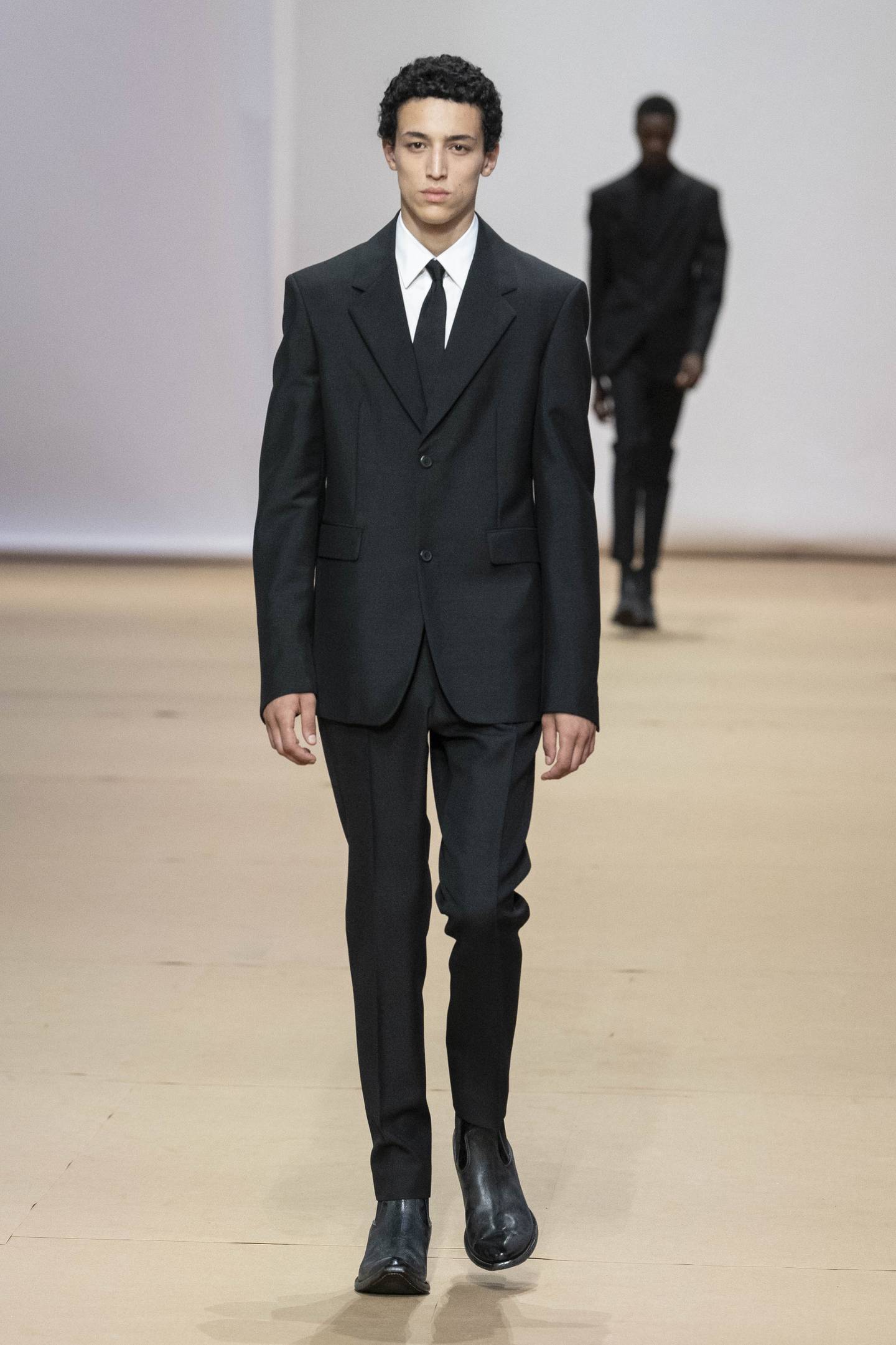
Miuccia Prada and Raf Simons devoted their latest Prada collection to choices. What’s life after all, if not an endless succession of choices? Designing means choosing just as much as dressing, and the best thing is that it never ends, because the possibilities are endless. Well, not exactly endless, at least in the Prada system. The collection was a dry but effective exercise in reduction and product making, swinging between sharp, adult-worthy suiting drawing a strikingly slim silhouette, and the juvenile provocation of double zipped leather short shorts, punctuated by staples such as the Baracuta, the trenchcoat and jeans, with Leningrad cowboy boots throughout. These were excellent items, a bit anonymous perhaps, with enough self-referential Prada to keep die hard fans on their toes. The tension between youth and adulthood is still the defining Prada dichotomy, one that lingers season after season without resolution. This time, the contradictions — and the choices — of growing up were reduced to an easy scheme, lacking the nuances one expects from a label as complex as Prada.
As a one-off result of the creative dialogue between Alessandro Michele and Harry Styles, even Gucci’s “HA HA HA” capsule was surprisingly product-focused: colourful tailoring à la Tommy Nutter and childish pajamas, plus a bevy of charms. It was presented in a vintage shop, making it hard to tell the old from the new, to much amusement.
Elsewhere, utopia loomed large. For Kean Etro, who for the last time signed the men’s collection of the brand that carries her name (the helm soon passing to Marco De Vincenzo), utopia meant celebrating the productive otium of poetry. This translated into a new, airy simplicity, lots of transparencies and a bevy of Japan-inspired floral patterns. By doing away with dandy-like tricks and needless eccentricities, and opting instead for the kind of stripping down that maximises the effect, Etro hit a mark.
The Versace utopia has always been heroic, muscular, halfway between Magna Graecia and Miami. Back to showing menswear after a few seasons’ hiatus, Donatella Versace opted for the historic mansion on Via Gesù, occupying the garden with green mirrors and faux-antique busts that, to be frank, lacked grandeur and came across as cheap. There were whiffs of classic antiquity in the sculpted and glittery curls, and some of the models even held vases that looked like cinerary urns, but overall there were very few signs of the masculine empowerment that Donatella typically delivers. The plan, here, is clearly to move towards a less idealised, more grounded proposal. But for the moment, the result seems to lack strength and originality.
Escapism came with feisty and liberated Ibizan whiffs at Marcelo Burlon’s County of Milan and took the hues of Tony Viramontes’ heroism at Moschino. At Max Kobosil’s 44 Label Group, it was aptly dark and industrial, while at Federico Cina mild melancholy came with a sun-dried, seasalt corroded patina. Cina is a talent worth keeping an eye on: his way with softness is remarkable.
“You are future” read a sign at the entrance of the MSGM show, staged in the new, futuristic Fastweb headquarters, all sharp volumes and water ponds. The message of optimism and openness was captured in the light mix of rugby stripes and gaucho hats, banana prints and tank tops — a bit Prada circa 2011, if you ask me — and in the informal tailoring that marks an evolution for the brand, if not towards adulthood, then certainly in a more mature direction. The Dsquared2 man continues to grow, too: the muscular hedonism of the past has given way to a quest for freedom, which this season took on a reggae tone, in a successful blend of Jamaica and motocross.

The flipside of utopia, of course, is dystopia. Things looked sexy, grim and very cool at Matthew Williams’ 1017 Alyx 9SM. Jordanluca opted for a self-destructive and abrasive fantasy, much in a GmbH kind of way, with exaggerated tailoring and a striking casting. Meanwhile, Simon Cracker, the upcycling project conceived by Simone Botte and Filippo Biraghi, celebrated repurposed debris and garbage as a way to create the new. The debt towards Christopher Nemeth and Judy Blame’s seminal work at The House of Beauty and Culture was evident, but the aesthetic, halfway between punk and Holly Hobbie, felt personal. From riches to rags and back again, Milano is boiling.

